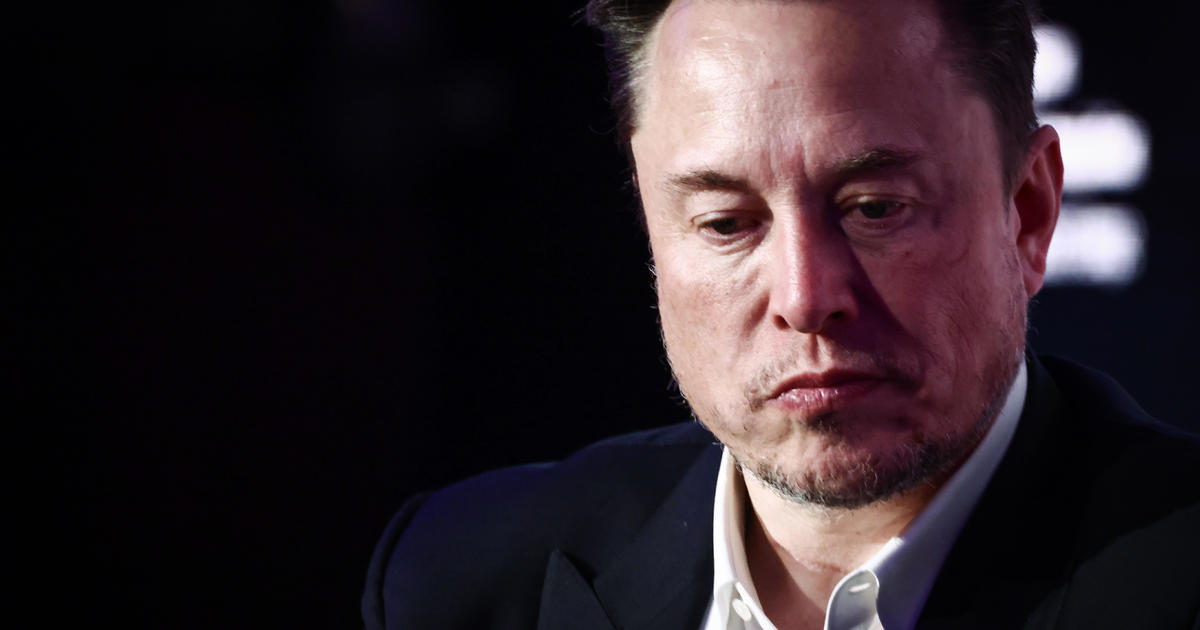Will Amazon become the first $1 trillion company?
For a company that has little use for the customs of Wall Street, Amazon (AMZN) has no shortage of fans in the analyst community. Among them is Barclay’s Ross Sandler, who recently predicted that the e-commerce giant could be the first company to achieve a market valuation topping $1 trillion.
In a note to clients, Sandler didn’t give a timetable for when the Seattle-based company might achieve this unprecedented milestone other than to say: “It’s just a question of when, not if, in our view.” Amazon’s current market value is $424 billion, lagging only a few other companies such as Microsoft (MSFT) at $511 billion, Google (GOOG) at $580 billion and Apple (AAPL), whose valuation tops $750 billion, making it No. 1.
Sandler’s 52-week price target on Amazon’s shares is $1,120, well above analysts’ consensus forecast of $948.61. The shares closed Friday at $886.54. Forty of the 44 analysts who cover Amazon rate it either a “buy” or a “strong buy.” Sandler rates it “overweight.”
The reasons for the optimism of Sandler and Amazon fans are many, including the surging popularity of the company’s Amazon Web Services (AWS) cloud computing business, the growth in online shopping and the continued popularity of its Amazon Prime offering. Sandler also argues that Amazon is benefiting from important technology trends such as the internet of things and artificial intelligence.
AWS, in particular, has caught Wall Street’s attention. The division’s operating income more than doubled in 2016 from $1.5 billion to $3.1 billion as revenue soared more than 55 percent to $12.2 billion. According to Sandler, it’s “still nascent and could be a $100 billion business over time” as more info-tech spending shifts to cloud-based server networks. He expects AWS sales to hit $16.8 billion this year and $22.3 billion next year.
“We think AWS is truly one of the most revolutionary computing platform shifts in several decades and is still only in its adolescent years (but past infancy),” Sandler wrote. He thinks many forecasters are underestimating the business’ potential for growth, adding that “steady outperformance at AWS coupled with stabilization in retail margins are enough to take shares up 30 percent or more in the next 24 months.”
Amazon Chief Executive Jeff Bezos, who recently leaped over famed investor Warren Buffett to become the world’s second-richest person, doesn’t make it easy for the analysts who cover his company. He never takes part in quarterly earnings conference calls, and Amazon doesn’t provide earnings guidance.
The company also doesn’t like to disclose data about its operations such as how many customers have signed up for Amazon Prime, its $99-per year service that gives customers free two-day shipping and access to music and video content.
Amazon’s retail business, which naysayers have long faulted for its thin profit margins, also continues to gain momentum, even though its performance has disappointed Wall Street for the past two quarters. According to Sandler, that segment’s gross profit (not accounting for some costs) soared from $8.9 billion in 2011 to $35.5 billion in 2016 and may hit $81.2 billion in 2021. One reason is Amazon Prime, whose membership Sandler estimates could hit 200 million by 2021 versus 75 million last year.
Amazon is also bolstering its private-label apparel and consumer packaged-goods businesses because their profit margins are better than what Amazon gets selling goods made by other companies. A recent report from Cowen & Co. predicted that Amazon would become the country’s top apparel seller this year, moving $28 billion worth of merchandise, a 30 percent increase from 2016.
Of course, not everything works at Amazon: It recently shuttered its money-losing Quidsi unit, including Diapers.com, Soap.com and Wag.com.
According to Recode, Amazon and Walmart (WMT) are in an “all-out price war” that’s going to squeeze the profit margins of packaged-goods companies.
Walmart, the largest brick-and-mortar retailer, lost its edge in pricing in recent years to rivals such as discount grocer Aldi and the dollar stores. Now, Walmart wants to be the low-price leader on 80 percent of its sales, which would require suppliers to cut their wholesale prices by 15 percent, according to Recode.
“We continuously look for ways to deliver savings to our customers -- it’s part of our DNA,” wrote Walmart spokesman Ravi Jariwala in an email. “As we’ve said previously, we’re investing in price. But we’re not in a position to share our strategy for competitive reasons.”
Not surprisingly, Amazon echoed Walmart’s sentiments.
Wrote spokeswoman Lynsey Kehril in an email: “At Amazon, we protect low prices for our customers, every single day -- nothing has changed in terms of our focus or how we operate.”
Good thing, because it’ll take a whole lot of focus for Amazon’s market cap to more than double and make Sandler’s $1 trillion projection an actuality.



